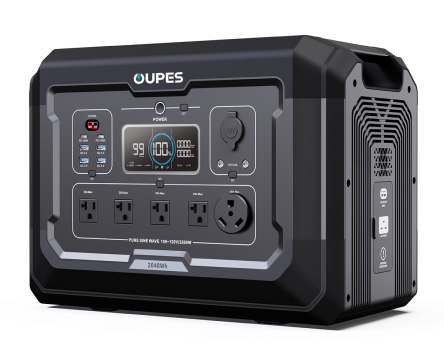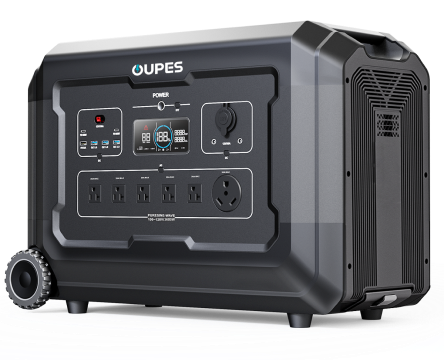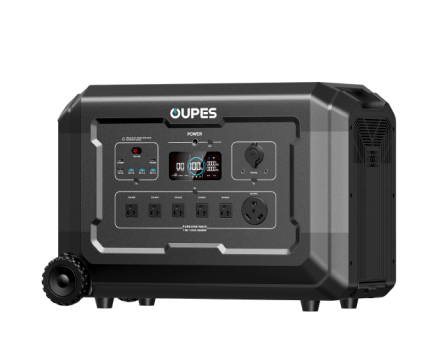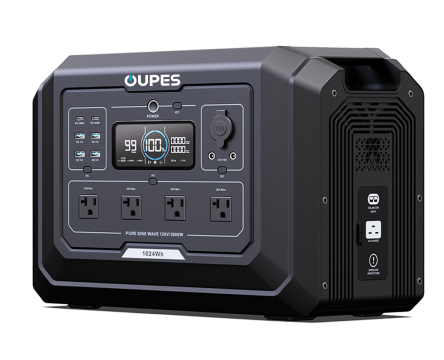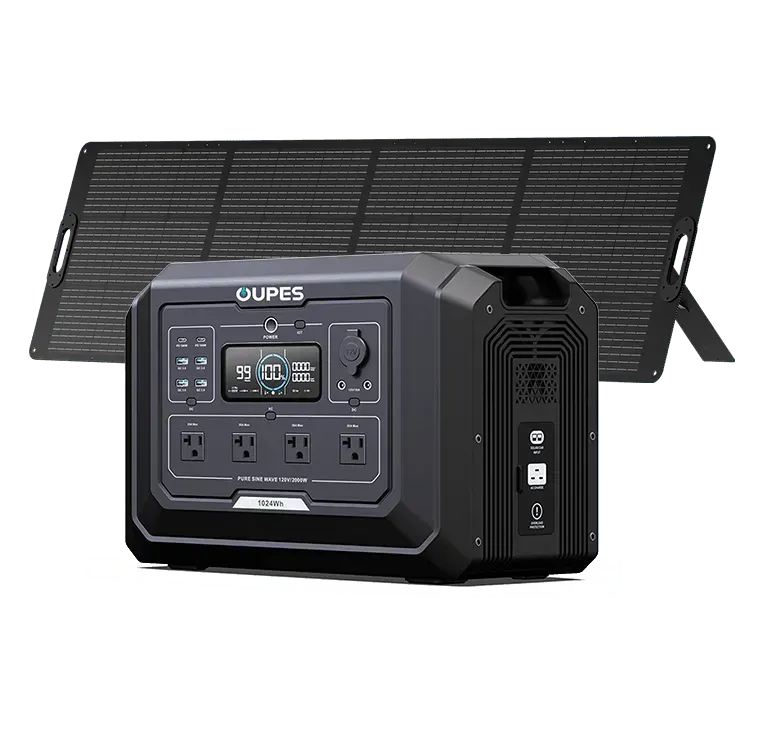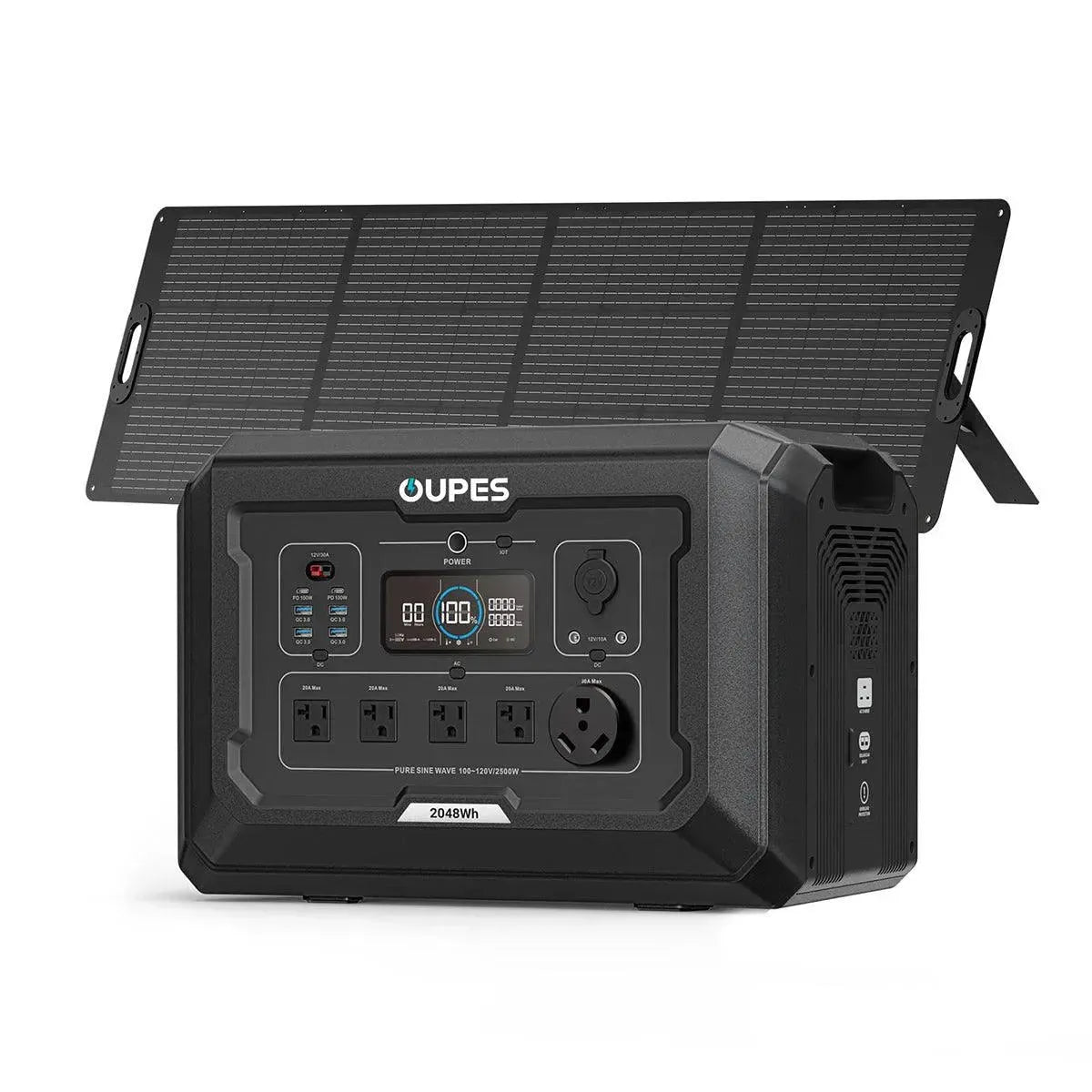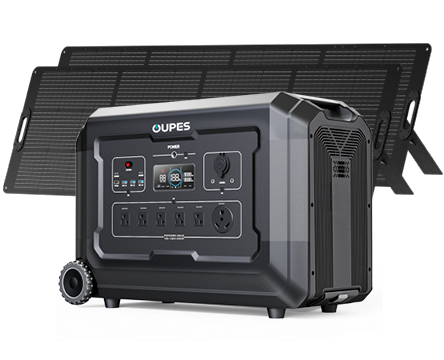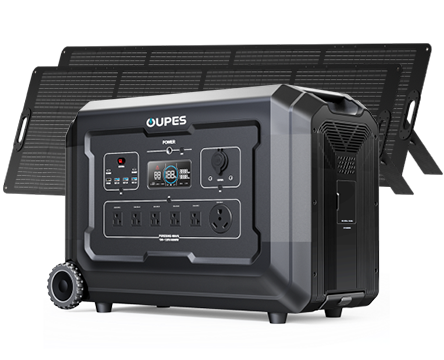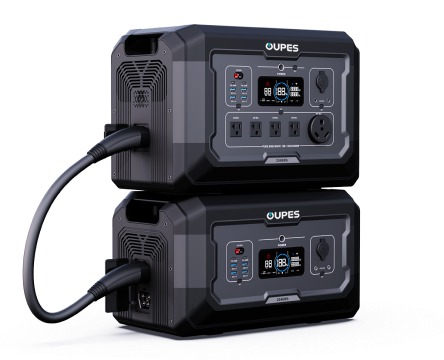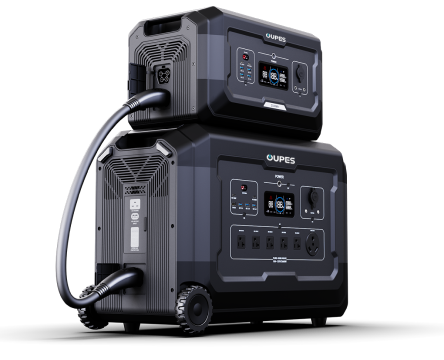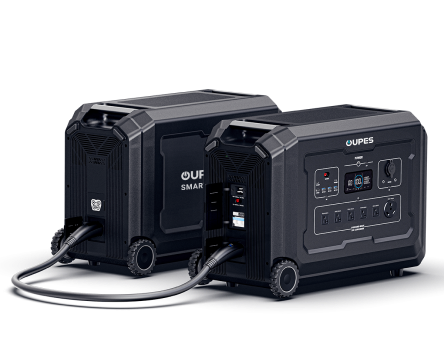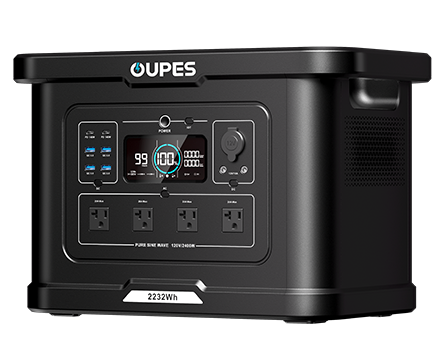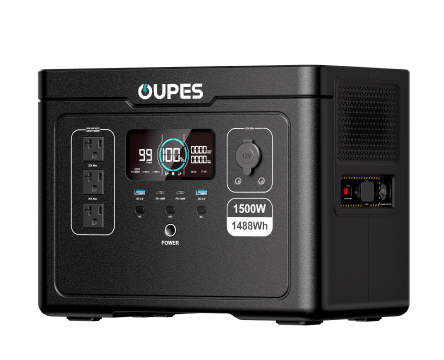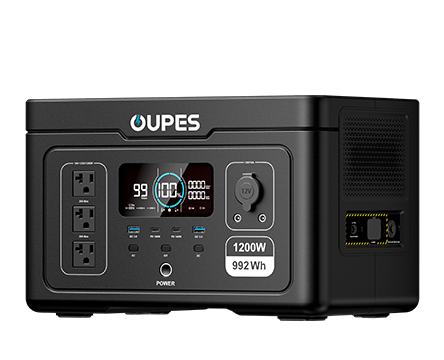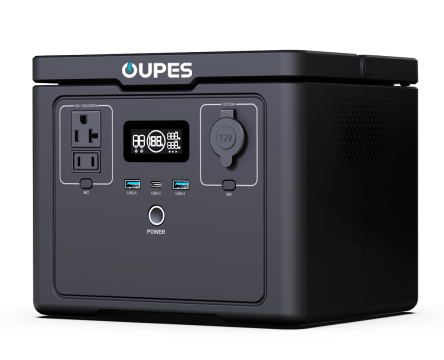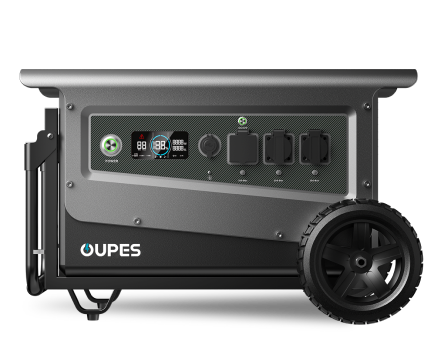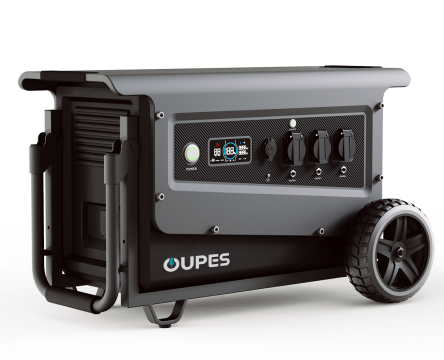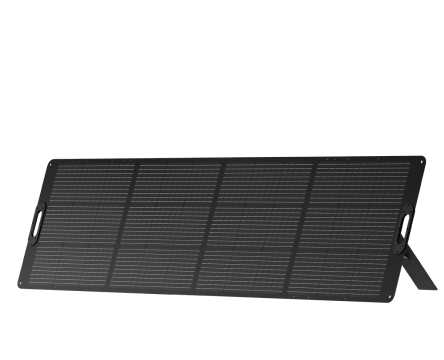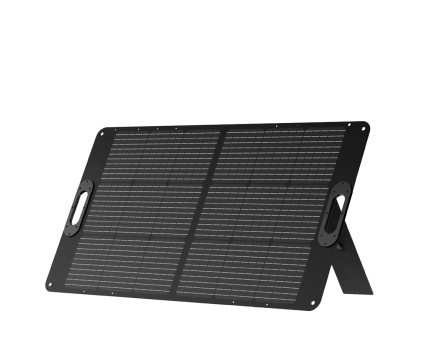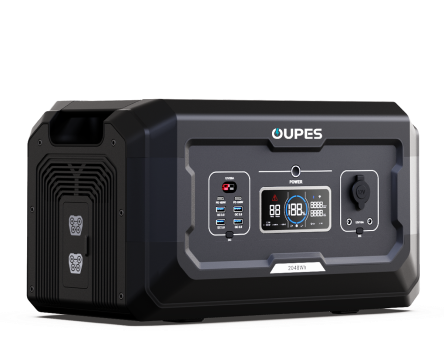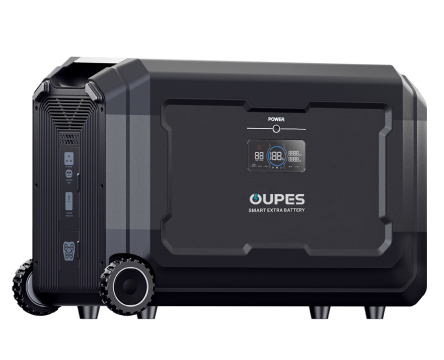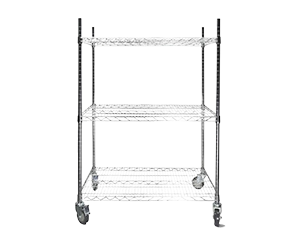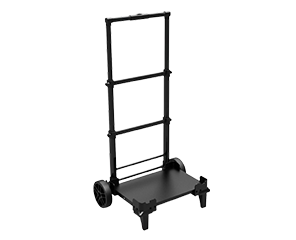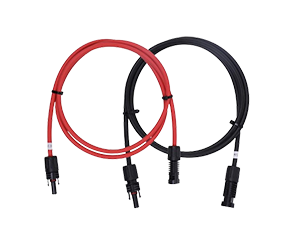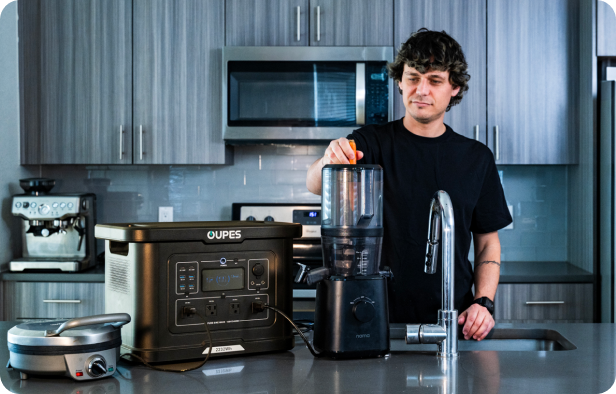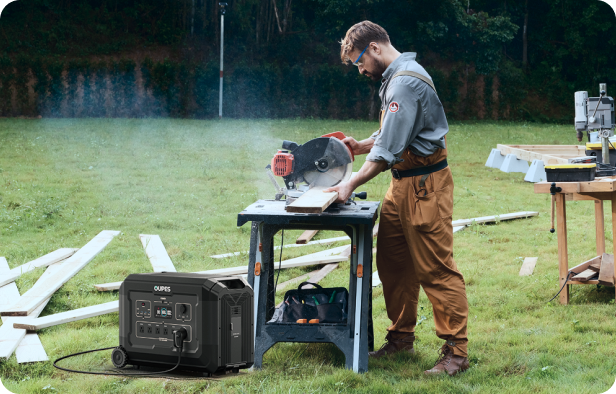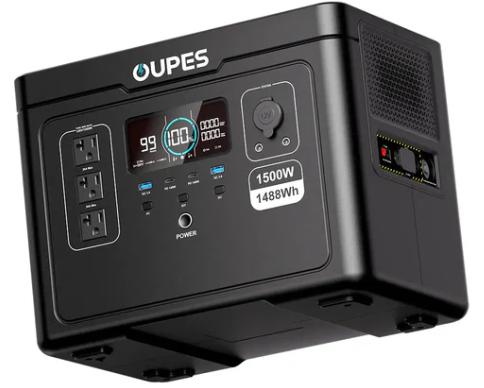
Introduction
Both Uninterruptible Power Supplies (UPS) and portable power stations are valuable tools for providing electricity during outages or off-grid conditions. However, they serve slightly different purposes. If you’re wondering which one is better for home use, offices, or travel, this guide will help you understand their differences, strengths, and ideal use cases. We’ll also explain how modern portable power stations now integrate UPS-like features, making them more versatile than ever before.
What Is a UPS?
A UPS (Uninterruptible Power Supply) is a device designed to provide short-term backup power during sudden power interruptions. It instantly switches to battery mode to prevent computers, servers, and critical devices from shutting down unexpectedly. The primary goal of a UPS is to ensure uninterrupted operation and protect sensitive electronics from voltage fluctuations.
Types of UPS Systems
- Standby UPS (Offline): Provides basic surge protection and battery backup for short outages.
- Line-Interactive UPS: Adjusts voltage fluctuations and provides faster switchover during power loss.
- Online UPS: Continuously supplies power through the inverter for mission-critical systems.
Typical UPS Specifications
- Output Power: 500W–3,000W
- Backup Duration: 5–60 minutes
- Battery Type: Lead-acid or lithium-ion
- Main Use: Computers, networking equipment, medical or security systems
What Is a Portable Power Station?
A portable power station is a larger-capacity, rechargeable battery system capable of powering appliances, tools, and electronics for several hours or days. Unlike UPS units that are meant for brief transitions, portable power stations are built for sustained energy supply and flexibility — they can be charged via solar panels, AC outlets, or car ports.
Key Features
- High-capacity lithium-ion or LiFePO4 batteries (500Wh–5,000Wh+)
- Multiple outputs: AC, DC, USB-A, USB-C, car ports, and Anderson connectors
- Can be recharged by solar panels, wall outlets, or car adapters
- Ideal for home backup, camping, and off-grid living
Portable Power Station Example
Modern systems, such as those designed by OUPES, combine high-capacity batteries with pure sine wave inverters and solar charging capability. They can power appliances like refrigerators, CPAP machines, laptops, and TVs for extended periods — a major advantage over traditional UPS units.
Key Differences Between UPS and Portable Power Station
Although both systems store energy for backup power, they are designed for different situations. Here’s a detailed comparison between a UPS and a portable power station:
| Feature | UPS | Portable Power Station |
|---|---|---|
| Primary Function | Immediate backup for computers and electronics | Extended power supply for multiple devices |
| Power Duration | 5–60 minutes | Several hours to multiple days |
| Battery Capacity | Small (typically 100–500Wh) | Large (500Wh–5,000Wh+) |
| Recharge Options | Wall charging only | Wall, solar, or car charging |
| Portability | Stationary (for offices) | Portable and lightweight (for outdoor or home use) |
| UPS Functionality | Immediate power switchover (0ms–20ms) | Some models offer UPS mode (10–20ms delay) |
| Inverter Output | Modified sine wave or pure sine wave | Pure sine wave (safe for all appliances) |
| Use Case | Data centers, offices, sensitive electronics | Homes, RVs, camping, backup power |
| Cost | Lower (usually under $500) | Higher (ranges $400–$3,000+) |
Applications and Use Cases
When to Use a UPS
- Protecting computers or servers from power loss
- Maintaining security systems during short outages
- Preventing data corruption in offices or hospitals
- Backing up small network or communication devices
When to Use a Portable Power Station
- Camping, RV travel, or outdoor photography
- Emergency power during long blackouts
- Powering refrigerators, lighting, and communication gear
- As part of a solar generator setup with renewable energy input
Pros and Cons Comparison
| Device | Pros | Cons |
|---|---|---|
| UPS |
|
|
| Portable Power Station |
|
|
How to Choose the Right One for You
Choose a UPS If:
- You need instant backup for sensitive electronics.
- Your power outages last less than an hour.
- You’re protecting devices like PCs, routers, or medical monitors.
Choose a Portable Power Station If:
- You need long-term backup power for appliances.
- You want portable, renewable power for outdoor use.
- You plan to integrate solar charging for off-grid independence.
Tip:
If you frequently face power outages or need both immediate and long-term backup, consider a portable power station with built-in UPS functionality. Many modern models offer automatic switch-over times as fast as 10 milliseconds, combining the best of both worlds.
How OUPES Incorporates UPS Features in Power Stations
Leading energy solution brands like OUPES have integrated UPS capabilities into their high-capacity portable power stations. This allows users to enjoy seamless power transitions during outages while benefiting from long battery life, fast recharging, and solar compatibility. Such systems make it possible to power both home electronics and heavy appliances during extended blackouts — a major advancement in sustainable energy storage technology.
FAQ
1. Can a portable power station act as a UPS?
Yes. Many modern power stations have UPS functionality, automatically switching to battery mode during power loss within 10–20 milliseconds.
2. Can a UPS power large appliances like refrigerators?
Typically no. Most UPS devices are designed for low-power electronics and can only handle small loads for short durations.
3. Is a portable power station safe for computers?
Yes, as long as it uses a pure sine wave inverter, which ensures clean, stable power similar to household electricity.
4. Can I connect solar panels to a UPS?
No. Traditional UPS systems cannot use solar input. Only portable power stations and solar generators can recharge via solar energy.
5. Which one is more eco-friendly?
Portable power stations are more eco-friendly because they can recharge using solar energy and produce zero emissions.
6. Can I use a portable power station as a home backup?
Absolutely. A large-capacity station (2,000Wh+) can power essential home devices during outages for several hours or even days.
7. How long does a UPS battery last?
Most UPS units last 3–5 years before the battery needs replacement. Portable power stations with LiFePO₄ batteries can last over 10 years.
8. What is the best option for both home and outdoor use?
A portable power station with built-in UPS mode offers the most flexibility, combining instant protection with extended backup and solar recharging capabilities.

